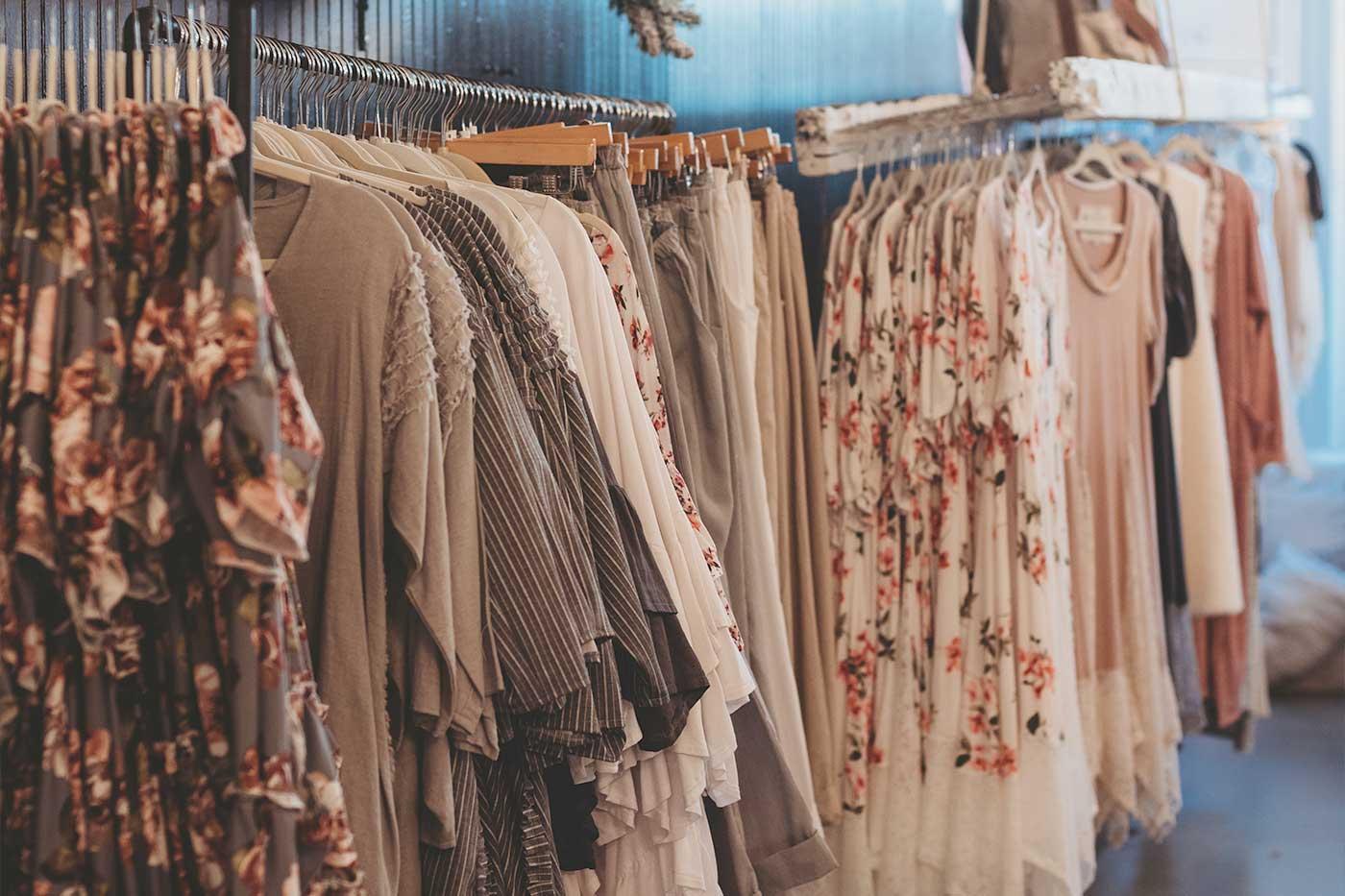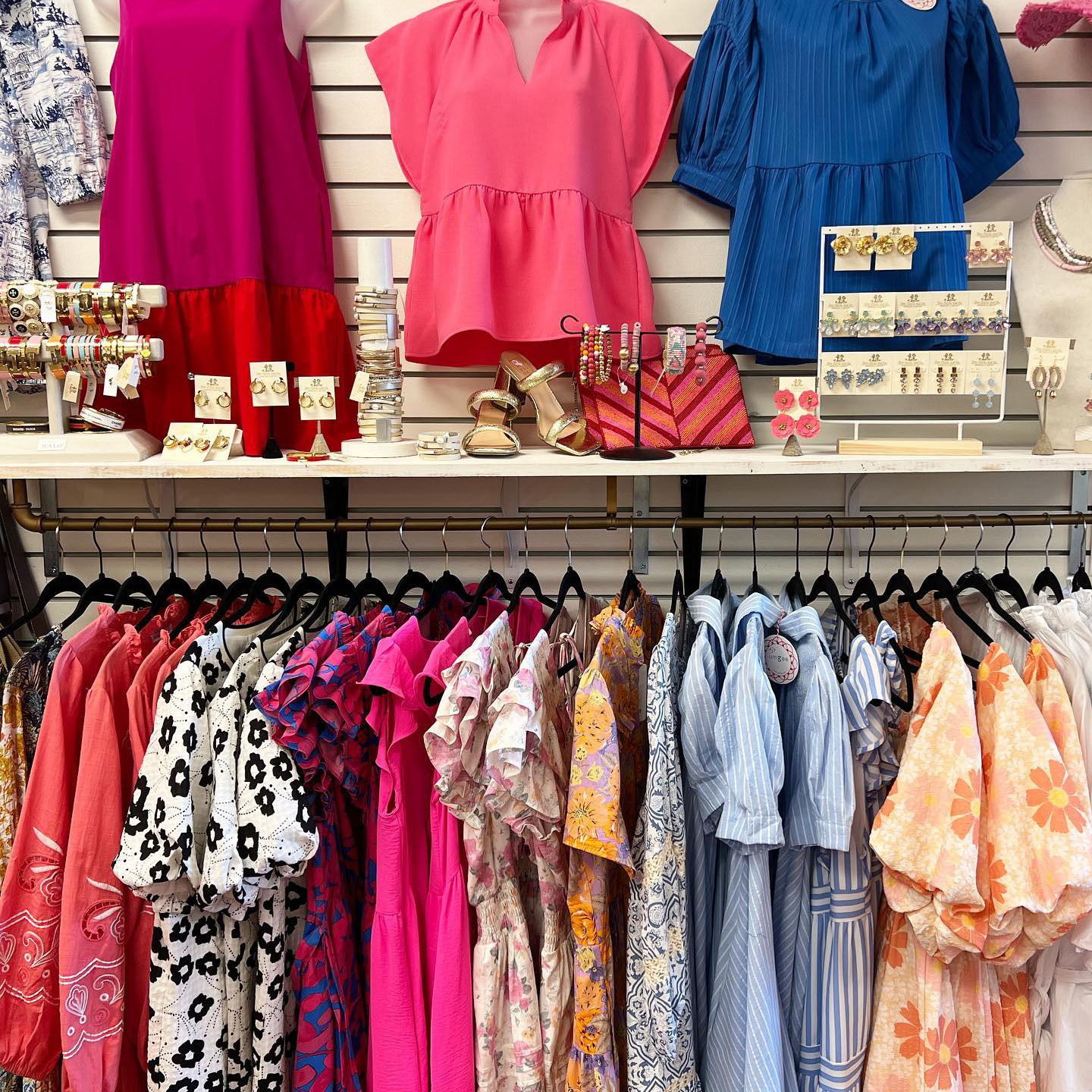The Surge of Online Purchasing: Searching For Boutique Fashion at Your Fingertips
The Surge of Online Purchasing: Searching For Boutique Fashion at Your Fingertips
Blog Article
A Deep Study the World of High-Fashion Runways: Comprehending Apparel as Art
High-fashion runways have become sectors where garments transcends its utilitarian origins, evolving into a sophisticated kind of imaginative expression. Developers, just like skillful artists, weave complex stories via textile, type, and color, redefining and testing typical norms charm standards. These shows are a lot more than plain displays; they are immersive experiences, where every stitch and joint narrates abundant with cultural relevance and avant-garde innovation. As we discover these sartorial eyeglasses, we must contemplate: what role does style play in shaping social worths, and just how does it show the ever-changing tapestry of human feeling and identity?
The Development of Runway Reveals
The trajectory of path shows has actually changed considerably over the decades, developing from unique sector events to captivating spectacles that mix fashion with art. Generally, path programs made love events, held in ateliers or little venues, mainly participated in by customers and sector insiders. These very early discussions concentrated on the garments' craftsmanship and industrial practicality, using a practical and direct screen of seasonal collections.
As the apparel industry expanded, the nature of path shows began to alter. The 1970s and 1980s noted a turning point, with designers looking for to differentiate themselves through more staged presentations. This period saw the increase of fancy collections, choreographed models, and thematic stories, advertising a new age where the path became an experiential platform. The programs changed into a type of narration, where each collection shared an unique narrative or idea.
Over the last few years, modern technology and social networks have even more changed runway shows, making them easily accessible to a worldwide audience. Livestreaming and digital systems have equalized style, enabling lovers worldwide to witness these occasions in real-time (boutique fashion). This development mirrors a wider cultural shift, where high-fashion paths act as a dynamic junction of technology, performance, and style
Designers as Dreamer Artists
Developers in the high-fashion sector have blurred the lines between functional garment development and the theoretical realm of art. By welcoming creative self-controls such as sculpture, paint, and avant-garde setups, designers craft garments that challenge conventional style standards and raise them to art types.
Visionary designers attract inspiration from a myriad of resources, including abstract art, historic recommendations, and personal narratives. They have a special capability to envision and emerge ideas that press the limits of standard style, usually redefining visual paradigms while doing so. This innovative ingenuity is showcased through dramatic silhouettes, ingenious materials, and intricate craftsmanship, which invite viewers to experience fashion as even more than simply wearable items.
Furthermore, the runway acts as a canvas for these artists, where lighting, music, and established layout coalesce to create immersive experiences. These discussions are not simply displays of garments however are managed performances that stimulate feeling and provoke idea, verifying the developer's role as a real artist in the modern social landscape.
Cultural Impacts in vogue
Cultural tapestry weaves its detailed patterns right into the fabric of fashion, influencing developers worldwide. The vibrant interchange of social stories, practices, and icons notifies and influences collections that poise high-fashion paths. Developers carefully attract from their heritage or involve with cultures distinct from their very own, crafting garments that work as visual stories. This cultural dialogue not just improves the visual diversity however additionally cultivates look here a much deeper understanding and recognition of global identities.
The influence of culture on style is frequently seen in the reinterpretation of typical garments and patterns. The usage of Japanese bathrobes, Indian saris, or African prints in modern fashion mirrors a mix of social authenticity and modern-day aesthetics. Designers such as Valentino's Pierpaolo Piccioli and Alexander McQueen's Sarah Burton have been recognized to incorporate rich cultural motifs into their couture collections, converting background right into wearable art.

Development in Material and Design
Advancement in textile and style constantly reshapes the landscape of high-fashion, pressing limits and redefining possibilities. Designers are progressively discovering the assimilation of modern technology, such as 3D printing, which permits for the production of complicated frameworks that were previously unimaginable.
Additionally, sustainability has come to be an essential theme in material development. The garment industry is experiencing a surge in making use of green products, originated from recycled plastics, natural fibers, and even naturally degradable components. These technologies not just supply new textures and aesthetic appeals however additionally address important environmental worries. Designers are welcoming these materials to craft garments that are both visually striking and aware of their environmental impact.
In regards to style, progressive silhouettes and experimental types are constantly reinventing additional reading the runway. By integrating non-traditional products and innovative methods, developers grow garments that blur the line between fashion and art, setting new criteria for imagination and expression in the high-fashion round.
Influence of Style on Culture
Fashion possesses an extensive impact on culture, offering as both a reflection of cultural identity and a catalyst for social modification (boutique fashion). Via its evolution, style has actually mirrored societal changes, enveloping the zeitgeist of different ages.
Furthermore, fashion has the power to bridge social voids, promoting understanding and recognition among varied groups. As globalisation increases, the cross-cultural exchange of style ideas becomes progressively substantial, promoting inclusivity and diversity. The increase of streetwear, stemming from urban subcultures, highlights just how style can transcend socio-economic limits, see this page granting individuals a method of self-expression and empowerment.
Essentially, style is not merely concerning visual appeals; it is a dynamic force that influences worths, mindsets, and social development (boutique fashion). By constantly engaging with social and social currents, fashion remains an important part of the cumulative human experience

Final Thought
Designers, akin to visionary artists, coordinate collections that reflect identification, feeling, and cultural narratives, testing typical looks. This intersection of fashion and artistry not just captivates target markets worldwide but additionally influences social understandings and advertises a deeper appreciation for social variety.

Cultural tapestry weaves its elaborate patterns into the fabric of fashion, affecting designers around the world.Fashion wields a profound impact on society, offering as both a representation of cultural identity and a stimulant for social modification.
Report this page